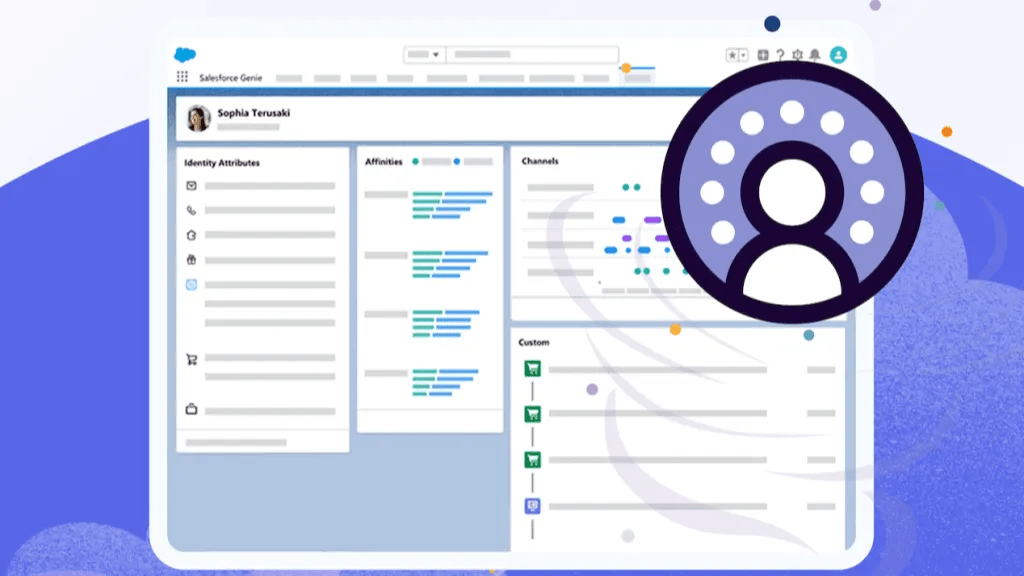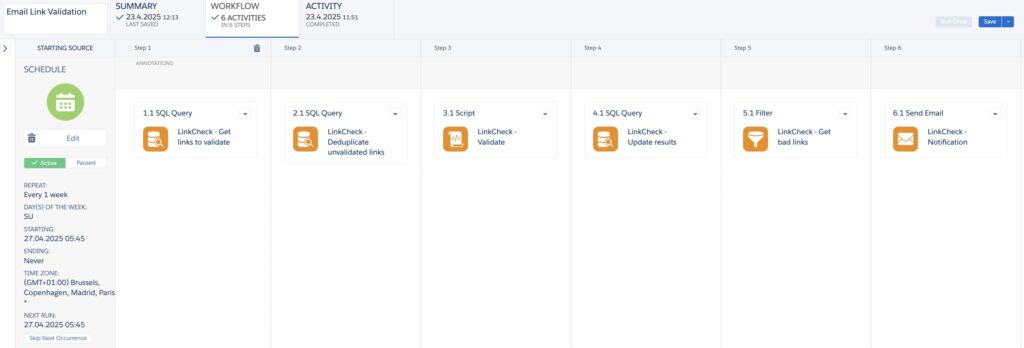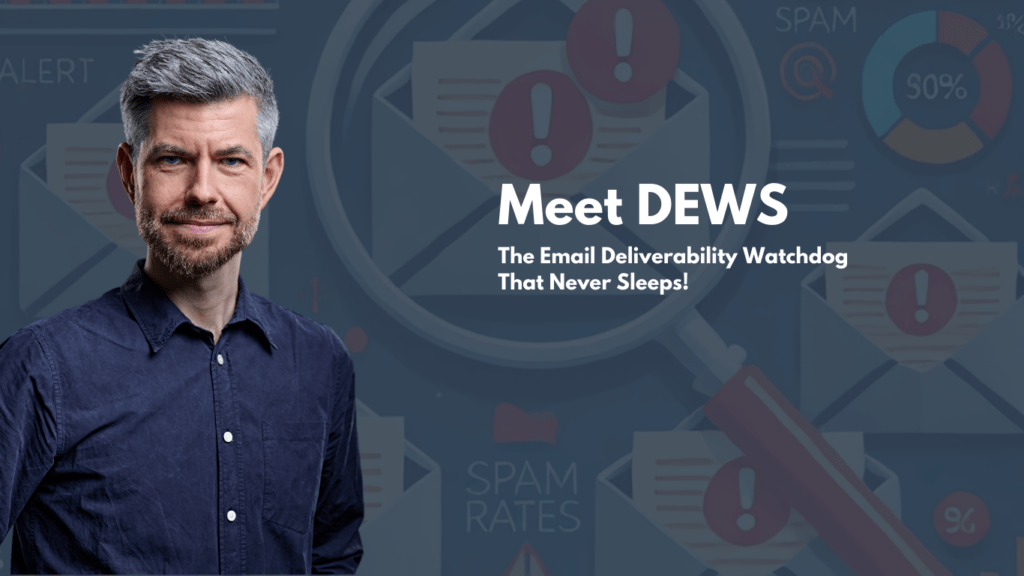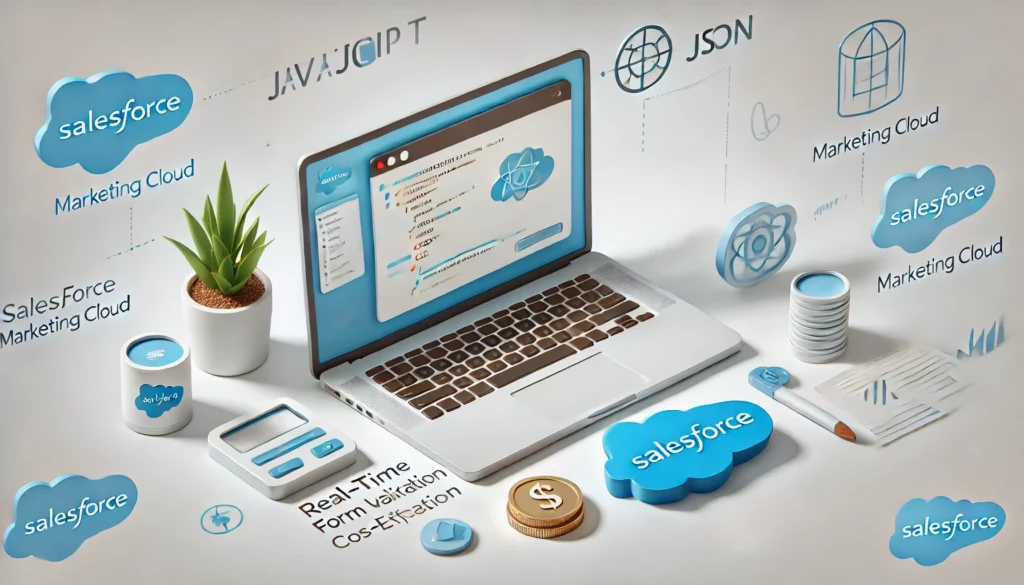- Salesforce Data 360: Why It Matters Now (and How It Complements Snowflake, Databricks & Your CRM)
Salesforce Data 360 is an operational customer data layer that activates Customer 360 data in Salesforce – complementing CDP and data platforms like Snowflake, Databricks, and BigQuery.
- What Salesforce Data 360 Is Not (CDP vs Data Cloud vs MDM vs Data Lake)
Last Updated on December 3, 2025 What Salesforce Data 360 Is Not (and Why These Boundaries Matter) Salesforce Data 360 is a term that quickly sparks debate — largely because many of us instinctively try to file it into familiar categories: a CDP, a data lake, an MDM platform, reverse ETL, or even something that competes with Snowflake, Databricks, or BigQuery. That reflex is understandable. But it’s also the fastest route to mis-scoping a project. This article is a practical guide to building the right mental model by flipping the question: instead of starting with “what Salesforce Data 360 is,”…
Read more: What Salesforce Data 360 Is Not (CDP vs Data Cloud vs MDM vs Data Lake)
- From Developer to Salesforce Marketing Cloud Architect: A Guide to SSJS & Security
Learn how to transition from an SFMC Developer to a Salesforce Architect. We cover real-world examples using SSJS, CORS, and Data Extensions to build secure, scalable systems.
- Documenting SFMC Automations with AI
Documenting complex Salesforce Marketing Cloud (SFMC) automations is essential—but often tedious. Fortunately, AI-powered tools, especially GPT-based solutions, now simplify this critical task, turning hours of manual work into just minutes.
- Why %%FirstName%% Isn’t Always Your Friend: Meet AttributeValue in SFMC
Struggling with personalization in Salesforce Marketing Cloud? Discover the key differences between using %%FirstName%% and %%=AttributeValue(“FirstName”)=%% in your emails and landing pages. Learn why AttributeValue is the safer, more flexible choice for dynamic personalization, and how it can help you avoid common mistakes like blank greetings and broken sends.
- AI Agents: Marketing’s Quiet Revolution
Discover how autonomous AI agents are revolutionizing marketing in 2025 by handling complex tasks, optimizing campaigns, and enabling unparalleled personalization at scale. This CloudWise playbook guides marketing and IT leaders on pragmatic adoption, addressing transparency, trust, and ethical considerations. Learn how AI agents enhance, not replace, human creativity and strategic insight, transforming marketing from cautious pilot projects into powerhouse operations.
- The Mystery of the Engaged Subscriber and Asynchronous Hard Bounces
Have you ever heard of asynchronous hard bounces in Salesforce Marketing Cloud? Neither had I. until I stumbled upon a subscriber consistently showing both email engagement (opens & clicks) and repeated hard bounces. In this technical deep dive, we’ll unravel the mystery of asynchronous bounces, explain why they occur (especially in forwarded email scenarios), and share practical advice for senior SFMC engineers and architects encountering similar subscriber lifecycle quirks.
- Influencers in the Global Salesforce Marketing Cloud Community
Discover how top Salesforce Marketing Cloud influencers: Tim Ziter, Lukas Lunow, Nobuyuki Watanabe, Mateusz Dąbrowski, Jonas Lamberty, Greg Gifford & more, drive global impact through Stack Exchange expertise, Trailblazer leadership, hands-on workshops, and prolific blogs, proving influence spans code mastery, community service, and consistent content.
- From Gmail’s Abyss to 100% Inbox Placement: A Deliverability Case Study
Last Updated on May 30, 2025 Ever felt that sinking feeling when your critical email campaigns vanish into the void, especially when Google’s involved? You’re not alone. When a significant portion of your revenue hinges on email marketing, deliverability issues aren’t just frustrating; they’re a direct hit to the bottom line. With the digital landscape constantly shifting, as highlighted by upcoming changes from Google and Yahoo, vigilance is more crucial than ever. This case study explores such a scenario. To maintain confidentiality (because let’s face it, no one wants their brand publicly tied to an email “pest problem,” no matter…
Read more: From Gmail’s Abyss to 100% Inbox Placement: A Deliverability Case Study
- What if Marketing Automation Actually Understood Your Leads?
Transform your Salesforce Marketing Cloud lead nurturing with AI. Learn how to connect SFMC, Einstein, and Dify using custom APIs for truly dynamic, personalized marketing that understands your leads.
- Microsoft Slams the Gate on Unverified Senders: Are Your Emails Ready for the Moat?
Starting May 5, 2025, Microsoft now outright rejects bulk emails that fail SPF, DKIM, and DMARC authentication. If you’re sending more than 5,000 emails per day to Outlook, Hotmail, or Live users, this blog breaks down exactly what changed, why it matters, and how to stay compliant. Especially if you use Salesforce Marketing Cloud. Learn how to avoid the dreaded 550 5.7.515 bounce, set up Reply Mail Management, and turn your inbox into a deliverability superpower.
- Protect Your Visitor Identities: Why you should always salt your hashed email
Salting hashed email addresses is crucial for secure visitor identity tracking. Understand the GDPR implications, potential risks of unsalted hashes, and practical examples of implementing salted HEMs in Salesforce Marketing Cloud.
- I Passed the Salesforce Marketing Associate Certification (in 10 Minutes!). But Missed Just One Question 😅
Just passed the Salesforce Marketing Associate Certification in 10 minutes (missed only one question!). In this post, I share tips for acing the exam, study resources, and what you need to know about Salesforce’s big move from Webassessor to Pearson VUE starting July 2025.
- Yahoo’s April 2025 Deliverability Shake-Up
Experiencing a sudden drop in Yahoo email deliverability? You’re not alone. Discover what changed in April 2025, why open rates collapsed, and how to recover fast. Learn how Yahoo’s new domain-based filtering and stricter sender requirements are reshaping inbox access – and what you must do to stay compliant.
- Broken Links are so 2004: Automate URL Validation in Salesforce Marketing Cloud
Automate broken link detection in Salesforce Marketing Cloud and keep your email campaigns flawless. Discover how to proactively spot and fix 404 links, even after sending, to boost conversions and safeguard your brand’s reputation.
- The Hidden Costs of Poor SFMC Implementations – And Why Getting It Right the First Time Matters
Avoid costly SFMC mistakes. Learn whether to hire in-house or a consultant, and how to maximize ROI from your Salesforce Marketing Cloud investment.
- SFMC and I: Why I still believe we can grow old together
Is Salesforce Marketing Cloud still the go-to platform for complex marketing automation? Dive into this deep dive on SFMC’s evolving role, Salesforce’s shift towards Data Cloud and MC Growth, and why SFMC still holds its ground as the leader in enterprise marketing automation.
- Is Salesforce losing focus on Marketing Cloud Engagement?
Is Salesforce shifting focus away from SFMC? With Data Cloud and MC Growth on the rise, the future of Marketing Cloud Engagement is more uncertain than ever.
- Don’t Let Deliverability Issues Sneak Up on You: Introducing the Deliverability Early Warning System for SFMC
Don’t let one sneaky domain sabotage your entire email campaign. Our Deliverability Early Warning System for SFMC drills down to ISP-specific metrics—spotting hidden troublemakers before they become full-blown deliverability disasters. Get proactive protection and keep your sender reputation shining on center stage!
- Your Salesforce Dream Job: Insights from Jon Ireland on Standing Out
Breaking into or leveling up in the Salesforce ecosystem isn’t just about certifications—it’s about crafting a compelling story that showcases your skills, problem-solving chops, and passion for the platform. In this article, I share insights from a conversation with Jon Ireland, a seasoned Salesforce recruiter, on how to tailor your application, stand out as a junior or senior candidate, and build a long-term career in Salesforce. Whether you’re navigating your first role or solidifying your expertise, these strategies will help you become the Trailblazer every company wants on their team.
- Bridging Marketing and Sales with Salesforce: A Game-Changer for B2B Success
Misaligned marketing and sales can quietly derail even the strongest B2B efforts. But when these teams align, the results are extraordinary: better leads, faster conversions, and seamless customer experiences. In this article, I share real-world transformations where tools like Salesforce Sales, Marketing, and Service Clouds bridged silos, redefined collaboration, and drove measurable success. Discover how alignment can unlock your team’s full potential and turn friction into growth. Dive in to learn more!
- Mastering Email Deliverability: A Comprehensive Guide
Email deliverability isn’t just about sending emails—it’s about ensuring they land in your subscribers’ inboxes, ready to engage. In Salesforce Marketing Cloud (SFMC), mastering deliverability means balancing technical precision with subscriber-focused strategies. From setting up SPF and DKIM to crafting dynamic, personalized content and keeping your list squeaky clean, every detail counts. In this guide, you’ll learn actionable strategies to improve your sender reputation, avoid spam traps, and make every email count—all supported by real-world examples and practical insights. Deliverability isn’t just a metric; it’s your gateway to stronger customer relationships.
- Advanced AMPscript Techniques for Personalization in Salesforce Marketing Cloud
Unlock the full potential of Salesforce Marketing Cloud with advanced AMPscript and Server-Side JavaScript (SSJS) techniques. This guide dives into sophisticated use cases like dynamic personalization, expiring links, and tailored product recommendations using AMPscript, while showcasing SSJS’s power for handling complex JSON, making authenticated API calls, and supporting advanced HTTP methods like POST and PUT. Whether you’re creating time-sensitive links, integrating external systems, or parsing nested data, this article equips you with the tools to build scalable, personalized, and impactful marketing campaigns. Explore how AMPscript and SSJS together can transform your marketing efforts!
- Building an Optimized Data Model and Maximizing Automation Studio in Salesforce Marketing Cloud
Unlock the full potential of Salesforce Marketing Cloud with a streamlined data model and powerful automation strategies. Discover how to flatten your data for faster segmentation, optimize SQL queries for peak performance, and scale workflows seamlessly with Automation Studio. From targeting high-value customers to enhancing data visibility across campaigns, this guide provides actionable insights to elevate your marketing efforts and deliver exceptional customer experiences. Ready to transform your SFMC implementation? Let’s dive in!
- Why SFMC Code Resources Are Game-Changing for Developers
Salesforce Marketing Cloud (SFMC) Code Resources unlock powerful tools for creating dynamic web experiences—real-time form validation, seamless data integration, and instant updates, all without page refreshes or extra costs. Their publicly accessible URLs make it easy to connect SFMC with external platforms, process form submissions, and build unique solutions.
Mastering AMPscript and Server-Side JavaScript (SSJS) takes their potential even further, enabling instant form validation or direct webinar signups into Data Extensions. Ready to innovate and streamline your workflows? Dive in and see how these resources can transform your marketing campaigns.














